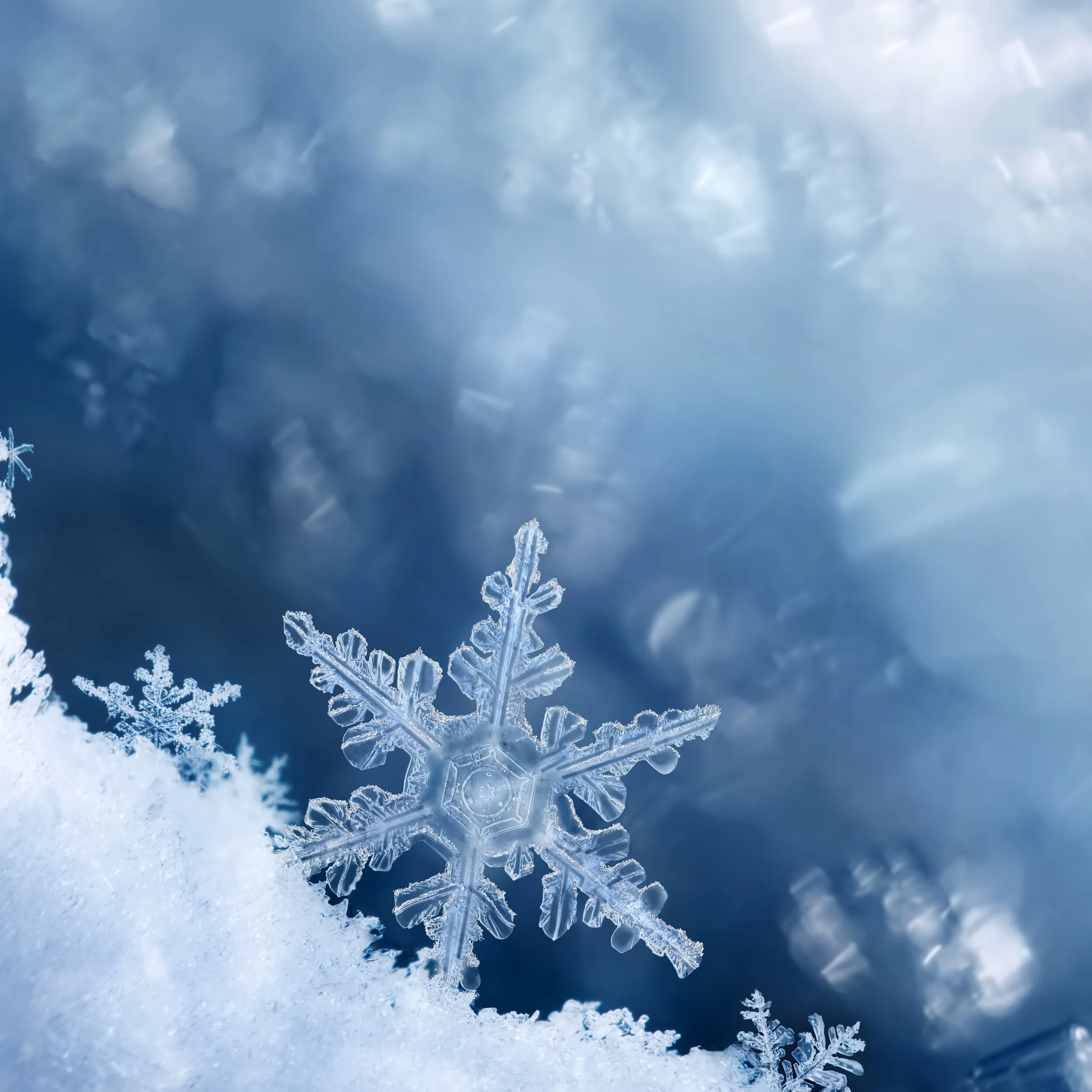The effects of applying low temperature to the skin gradually increases as the temperature drops. Initially proteins and lipids, as well as the metabolism of the cell is altered. As the temperature drops below 0°C, first the water outside the cell begins to crystallise, causing the cell to dehydrate. At temperatures below −20°C, the water inside the cell starts to crystallise, and at −40°C intracellular ice formation is certain.
Read MoreCryosurgery (meaning cold handiwork) is also known as cryotherapy, cryocautery, cryocongelation and cryogenic surgery. Cold therapy has a long history of being used for analgesia and anti-inflammatory purposes, going as far back as the ancient Egyptians. However, during the past 200 years, it has evolved into a more specific use, namely the destruction of tissue in dermatology.
Read More

